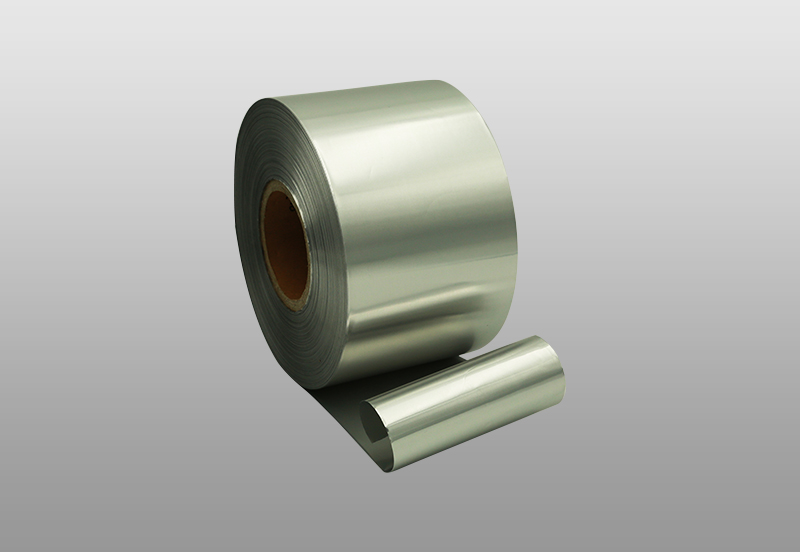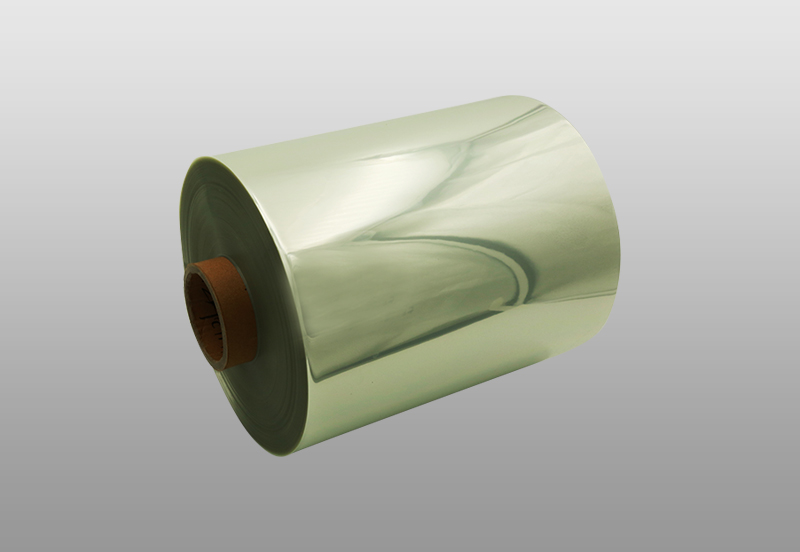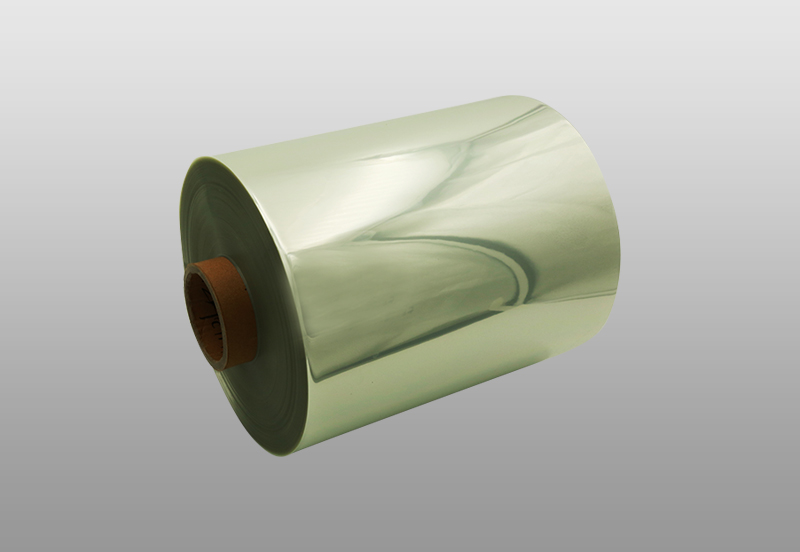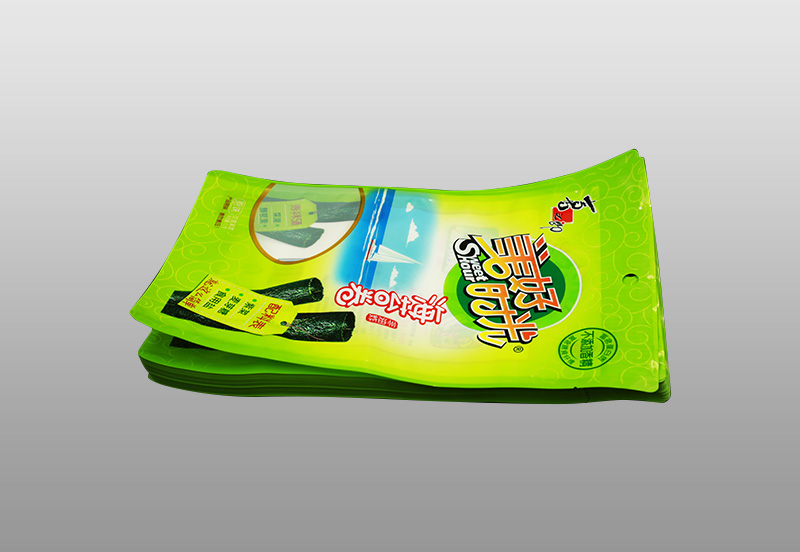As a kind of green packaging material, co-extruded film is suitable for the packaging of various foods and is deeply loved by people. Plastic films are generally divided into single-layer films and composite films. The common composite membranes on the market are divided into dry composite membranes, solvent-free composite membranes, laminating membranes, extruded composite membranes, coated membranes, and co-extruded membranes. For plastic materials, most of them can be identified by infrared spectroscopy. For plastic materials with more complex composition, with other analytical instruments, such as pyrolysis gas chromatography, thermal analyzer, element analyzer, mass spectrometry, nuclear magnetic resonance and other methods, the material can also be identified. In film factories, the above-mentioned testing instruments are generally not equipped. If they are sent to a testing organization for testing, the cycle is long and the cost is high. This article discusses the method of identifying the material of the multilayer co-extruded film.
1. Ordinary single-layer film identification method
Tear the film and observe the fracture. If there is a zigzag shape, it is generally a composite film; if the section is smooth, it is generally a single-layer film.
2. The identification method of composite film
Identification of dry composite film, solvent-free composite film, laminating film, coated film, and extruded composite film.
The above films are generally based on biaxially oriented films, which are combined with blown films and cast films. The coating film is generally coated on a biaxially stretched film, and then dry composited with a composite film. Because biaxially stretched films, such as BOPP, BOPA, BOPET, etc., have a small nominal strain at break, and have a harder hand and are difficult to stretch, while composite films produced by blow molding and casting methods generally have a softer hand and are easy to stretch. When the film is torn apart, the delamination can be clearly seen, so no matter whether you peel it by hand or use a solvent, it is easier to separate the above film, and then use the combustion method to identify each layer, and then no more Go into details.

 English
English Español
Español русский
русский 简体中文
简体中文






